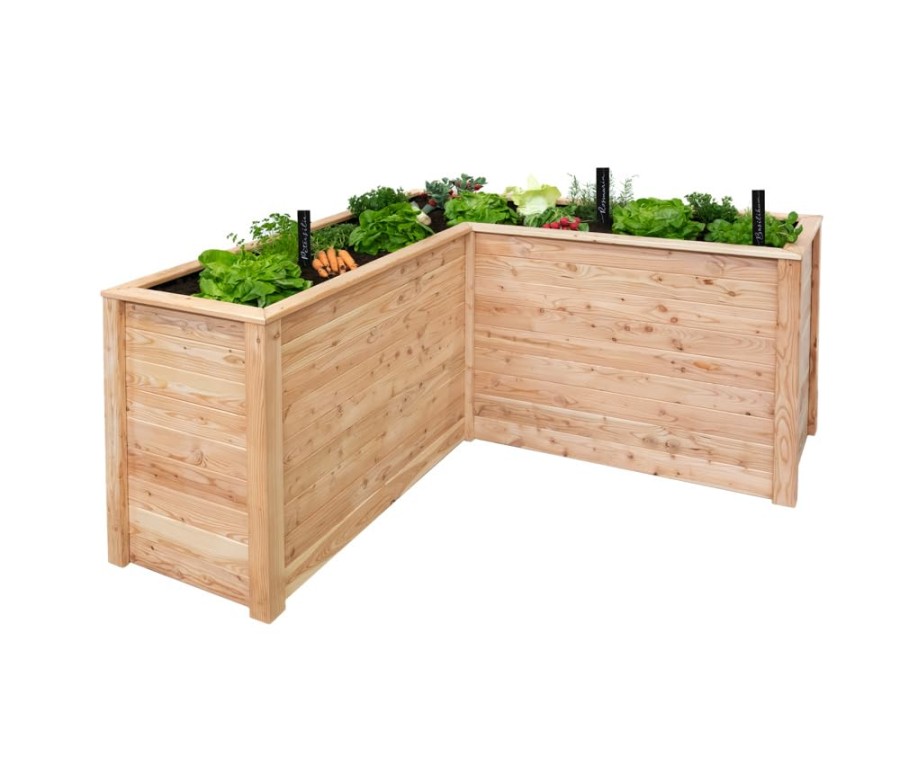Wooden Raised Beds: A Gardener’s Delight
Wooden raised beds have become increasingly popular among gardeners for several reasons. They offer numerous benefits, from improved soil quality to enhanced accessibility. This article will delve into the advantages of wooden raised beds, the materials and tools needed for construction, and essential tips for maintenance.
Improved Soil Quality: Raised beds allow for better soil management. Gardeners can create custom soil mixes tailored to specific plant needs, promoting optimal growth and reducing weed competition.
To construct a wooden raised bed, you’ll need the following materials:
Wood: Choose rot-resistant wood like cedar, redwood, or pressure-treated lumber.
You’ll also need basic tools, including a saw, drill, screwdriver, and level.
1. Plan the Design: Determine the size and shape of your raised bed, considering your garden space and planting needs.
2. Prepare the Area: Clear the area of debris and level the ground.
3. Assemble the Frame: Cut the wood pieces to the desired size and assemble them using screws or nails.
4. Add Landscape Fabric: Line the bottom of the bed with landscape fabric to prevent weed growth.
5. Fill with Soil: Fill the bed with your chosen soil mix, leaving room for planting.
Regular Watering: Monitor soil moisture levels and water as needed, especially during dry periods.
Wooden raised beds offer a multitude of benefits for gardeners of all levels. By following these guidelines, you can create a thriving garden that enhances both your outdoor space and your gardening experience.

